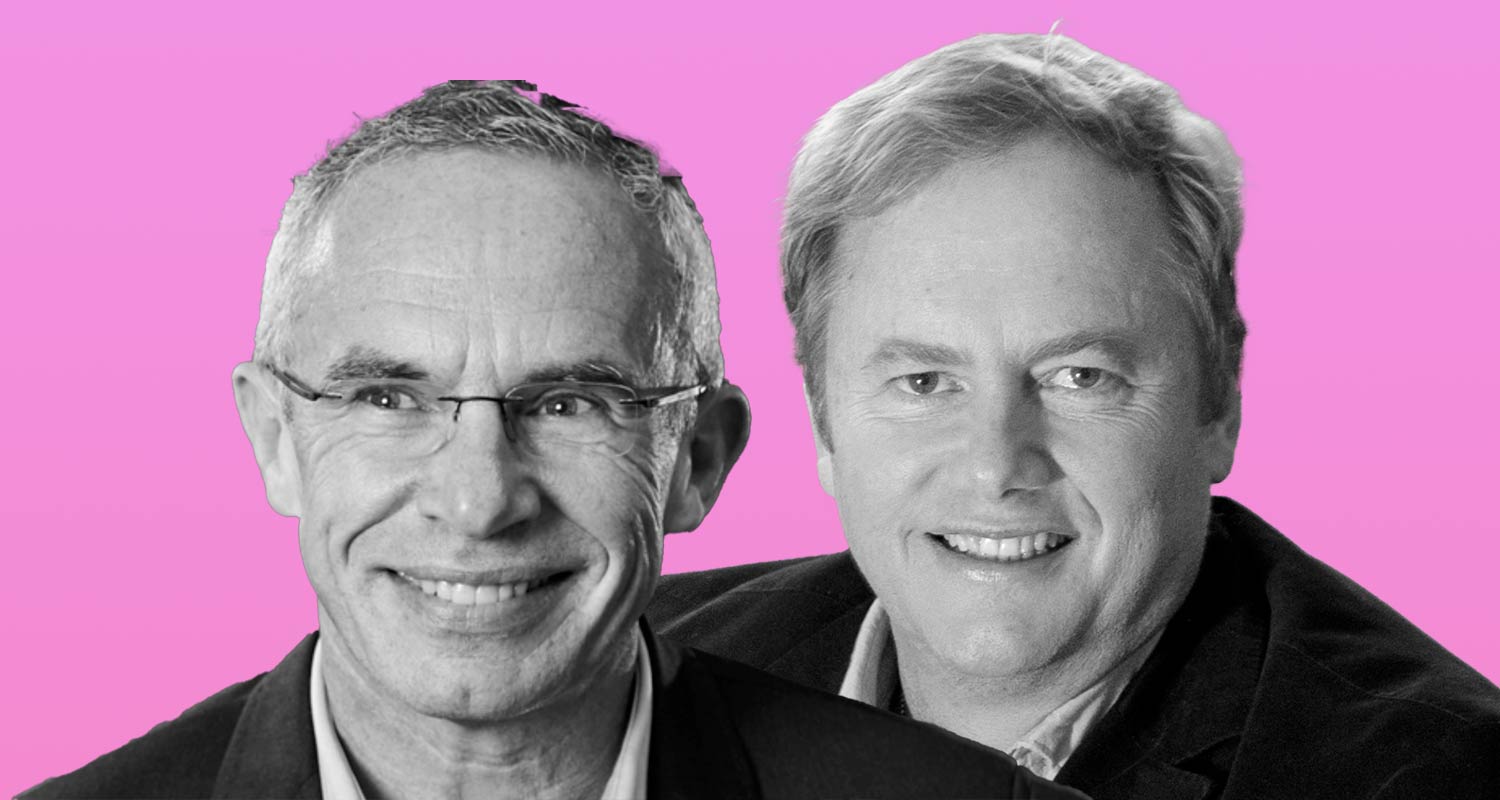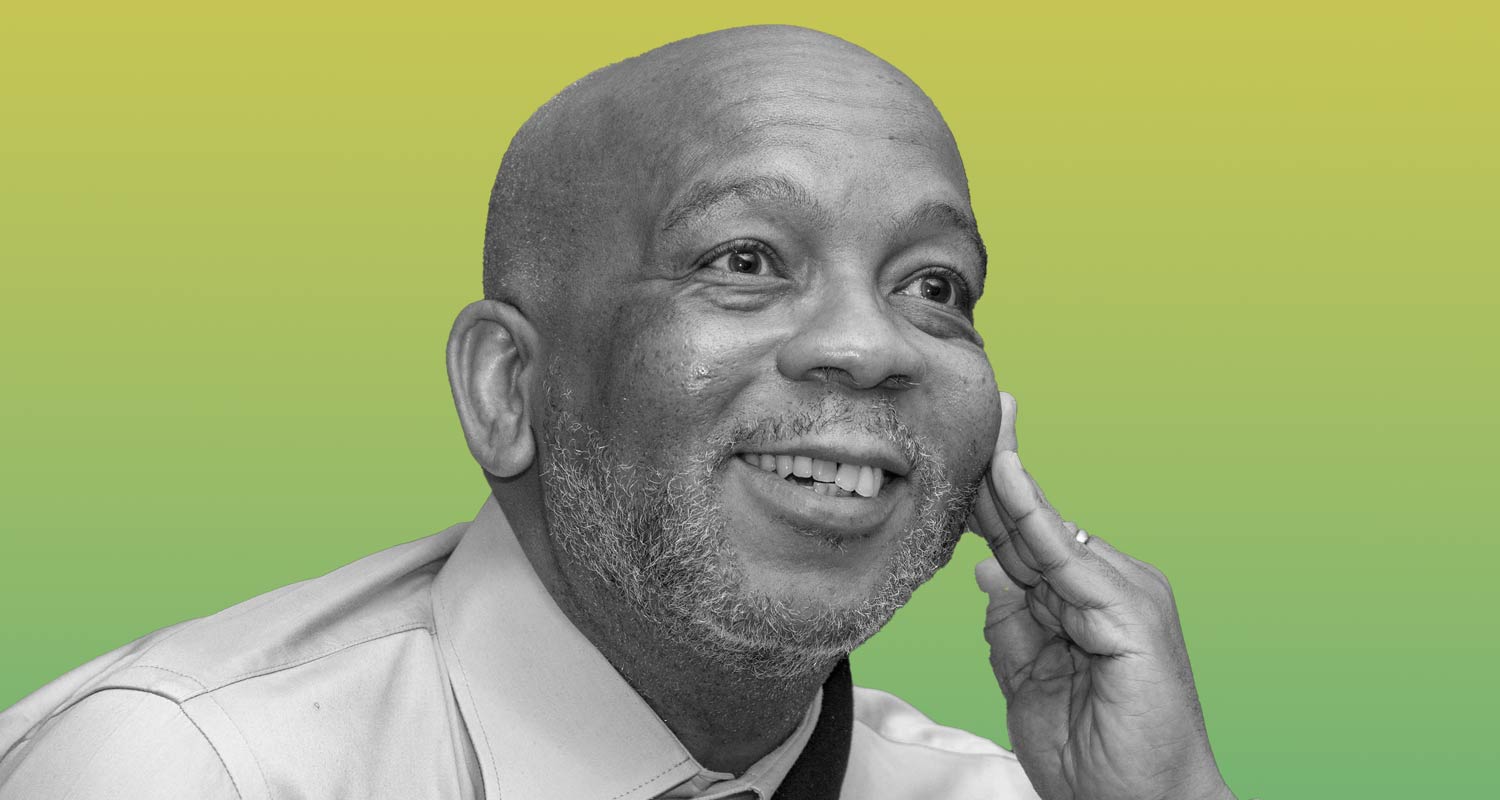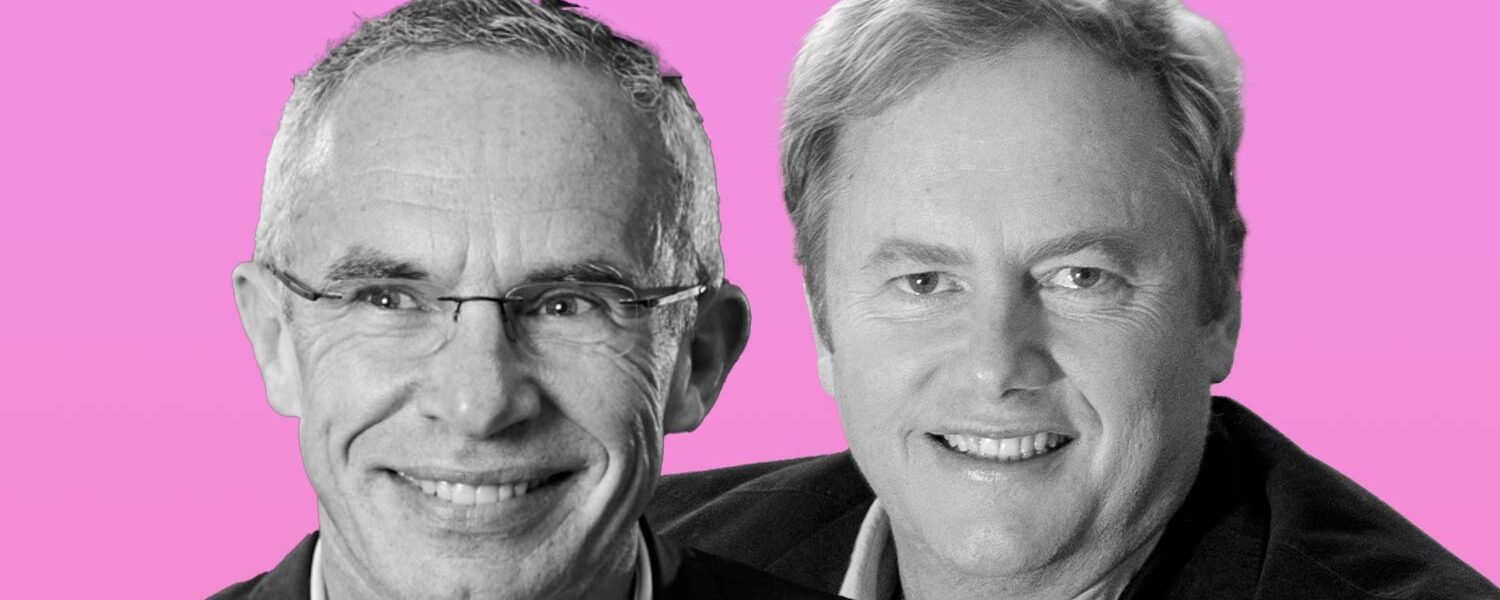
Vumatel and its parent Maziv have begun deploying low-cost and uncapped fibre broadband in underserviced areas where it had been assumed previously that such projects made zero financial sense.
This includes Johannesburg’s low-income Alexandra township, where Vumatel has begun rolling out aerial fibre into homes and dwellings, seeking to replicate the success of its deployments in the leafy suburbs.
This is no corporate CSI project, either; the Vumatel and Maziv guys mean business, and are hoping to replicate the Alex project – and another one in Kayamandi in Stellenbosch – across South Africa.
It’s difficult not to get excited about the potential of the initiative when one interacts with Pieter Uys, the chair of Maziv shareholder CIVH and a senior executive at Maziv’s ultimate principal shareholder, Remgro.
Uys waxes lyrical about the potential of low-cost fibre deployments, and, like Maziv and Vumatel CEO Dietlof Mare, believes it could transform the country. They’re right!
In September, Vumatel took journalists on a tour of its fibre deployment in Alex and how it’s working to drive down the cost of uncapped broadband to make it affordable for people in the township and other low-income communities. Vumatel and Remgro have for years talked up the idea of deploying uncapped fibre internet into low-income communities like Alex at prices as low as R99/month. Now they’re gearing up for a large-scale roll-out.
The serviceable market for installations in low-income communities, Mare told TechCentral, could be as high as 10 million homes, including informal dwellings.
Game-changer
Offering 20Mbit/s uncapped internet is a game-changer for communities that have had to rely on expensive and capped mobile data, Uys told TechCentral during September’s tour of Alex – watch a video of the tour here.
“Alexandra residents didn’t have fixed-line internet before. They only had mobile internet, which can only take you so far,” Uys said. “If you don’t have a connection that can give you video like YouTube, you are not really part of the internet.”
Here’s how the project in Alex works. Fibre is brought into the township via a 10Gbit/s backhaul link from Vumatel sister company Dark Fibre Africa. From there, it’s deployed aerially along poles, with fibre running from the poles into individual dwellings. Each pole can support 32 links into dwellings, from where a further eight connections are possible.
Vuma Key – as the project is known – offers a basic uncapped tier for R99/month, providing connectivity of 20Mbit/s and to which four devices can be connected. If there’s no network congestion, speeds of up to 100Mbit/s are possible.
Read: TechCentral’s International Newsmaker of the Year
In effect, Vumatel and Maziv are doing what the government has been promising for years through various broadband strategy plans but which has consistently failed to deliver on much at all, never mind affordable universal broadband coverage. It’s early days yet, but the Vumatel project could change the country for the better.
It’s just a pity, then, that the Vogons at the Competition Commission blocked Vodacom’s acquisition of up to a 40% stake in Maziv. Under that deal, Vodacom would have contributed billions to Maziv’s coffers (plus additional fibre assets), reducing its debt significantly and allowing it to continue with its aggressive fibre deployments, including into the townships. That roll-out is now potentially threatened.
So, instead of helping get South Africans connected, the Competition Commission could inadvertently end up harming rather than helping the poor. But a government regulator that has shown an increasing disdain for the private sector knows better, right? Let’s hope the Competition Tribunal, which will hear the matter next year, takes a more rational approach.
First Runner-Up: Khalik Sherrif
 Khalik Sherrif, the CEO of eMedia Holdings, had a busy 2023. If he wasn’t suing eMedia’s arch-rival, MultiChoice Group, he was rattling politicians’ cages over the country’s disastrous migration from analogue to digital terrestrial television.
Khalik Sherrif, the CEO of eMedia Holdings, had a busy 2023. If he wasn’t suing eMedia’s arch-rival, MultiChoice Group, he was rattling politicians’ cages over the country’s disastrous migration from analogue to digital terrestrial television.
Sherrif, a maverick in the media industry, is not shy to defend eMedia’s business, sometimes criticising rivals, politicians and regulators publicly – and taking them to court.
Last year, Sherrif and his team – led by group executive for legal and business affairs Philippa Rafferty – won a stunning victory against then-communications minister Khumbudzo Ntshavheni at the constitutional court. Ntshavheni had tried to push through the switch-off of analogue signals without engaging sufficiently with stakeholders, including eMedia.
It’s been another litigious year for eMedia in 2023, though court judgments haven’t always gone its way.
It’s highest-profile case was against MultiChoice, which it took to court over a sublicensing agreement with the SABC that prohibited the public broadcaster from carrying Rugby World Cup games on eMedia’s Openview free-to-air satellite platform.
eMedia lost round one of that challenge, with the court deciding that the matter wasn’t urgent. The company then withdrew its court papers, and instead filed a complaint with the Competition Commission over not only the rugby rights but also the rights to carry games from the Cricket World Cup, which were also sublicensed by MultiChoice’s SuperSport to the SABC.
All this came as the two rivals fought each other at the Competition Commission over MultiChoice’s decision to terminate four eMedia-owned channels from DStv.
It’s clear that there is no love lost between the two commercial broadcasters. Expect more scuffles between them in 2024, and for Sherrif to be leading the charge from the front.
Second Runner-Up: Kgosientsho Ramokgopa
 When President Cyril Ramaphosa appointed Kgosientsho Ramokgopa to head the electricity ministry in March, it was clear to all looking on that the newly created position was one of the hottest seats in South African politics.
When President Cyril Ramaphosa appointed Kgosientsho Ramokgopa to head the electricity ministry in March, it was clear to all looking on that the newly created position was one of the hottest seats in South African politics.
Keen to stay on his feet, however, the electricity minister set social media ablaze with his “electrifying” dance moves – only two days after his appointment. But even Ramokgopa knew that entertaining bursts of his mitochondrial jiving would not be enough to keep the lights on.
And so, highly publicised visits to power stations across the country soon followed. The message to the public was clear: the new minister was on top of things and load shedding would soon be “a thing of the past”. If only it was that easy – load shedding in 2023 has been 86% worse than any other year on record, according to the EskomSePush app.
Intriguingly, despite a total of 157 days of stage-4 and stage-6 load shedding in 2023, there was always sufficient electricity to supercharge the electricity minister’s regular, promise-filled Sunday press conferences. – © 2023 NewsCentral Media
